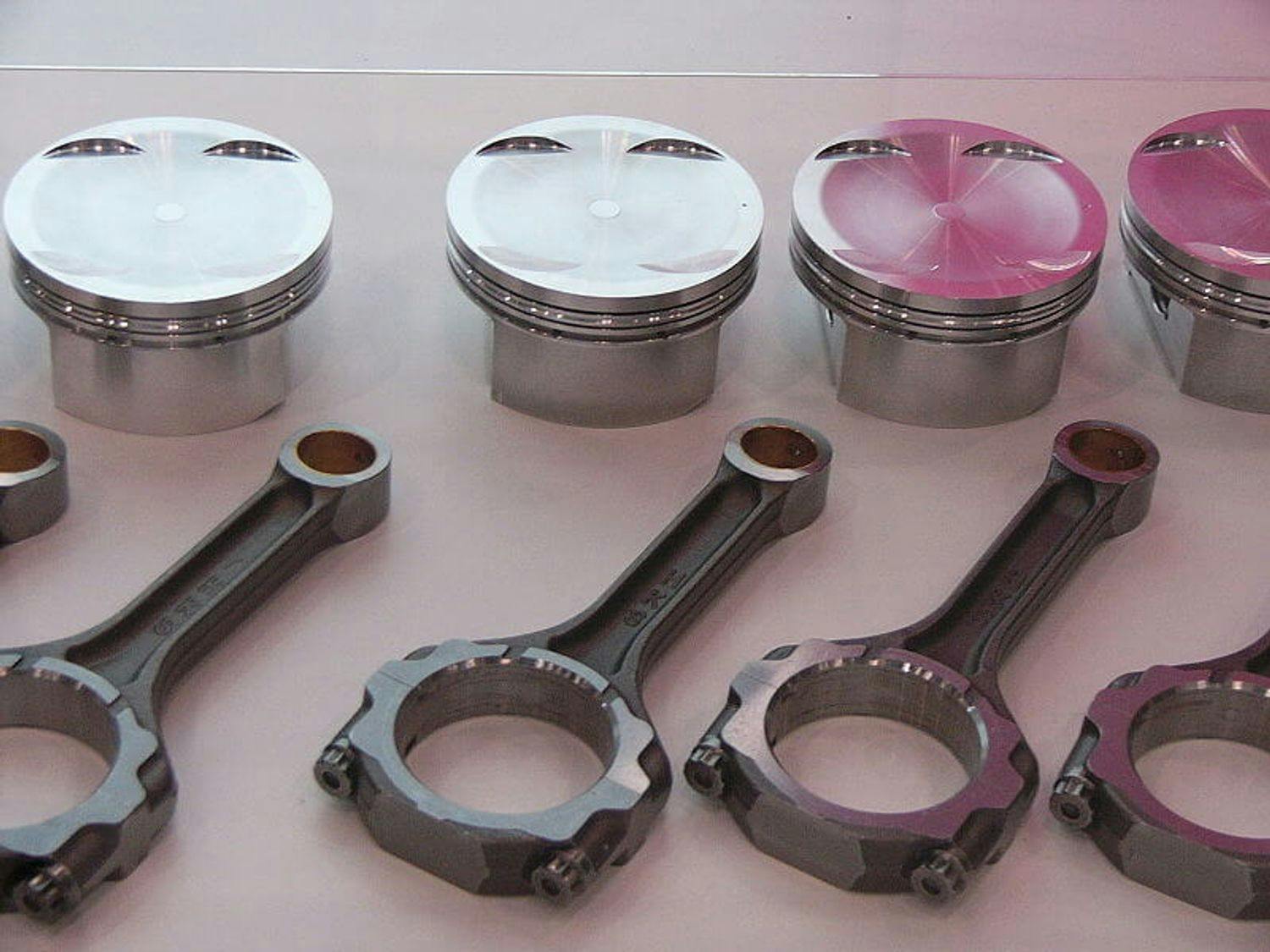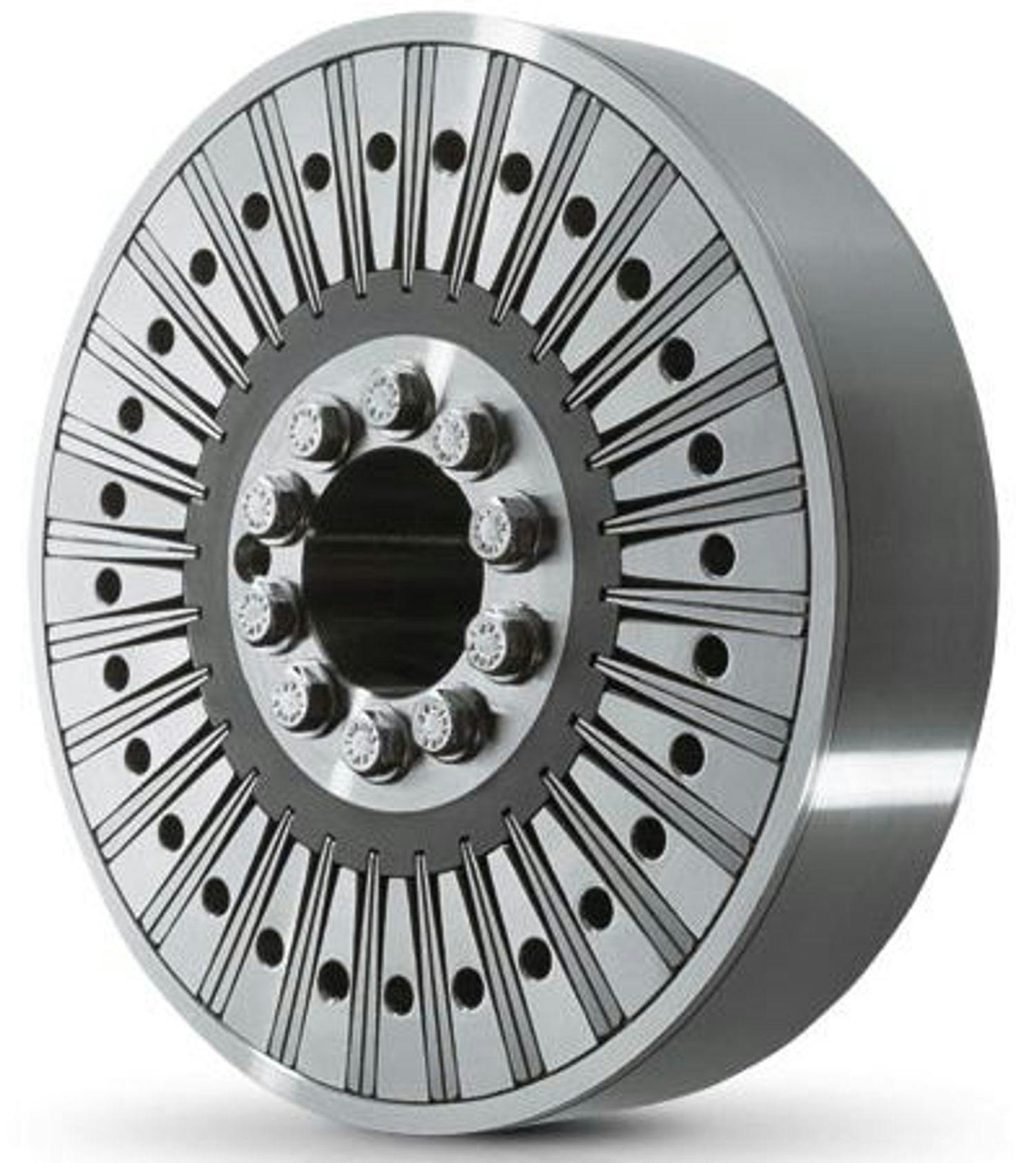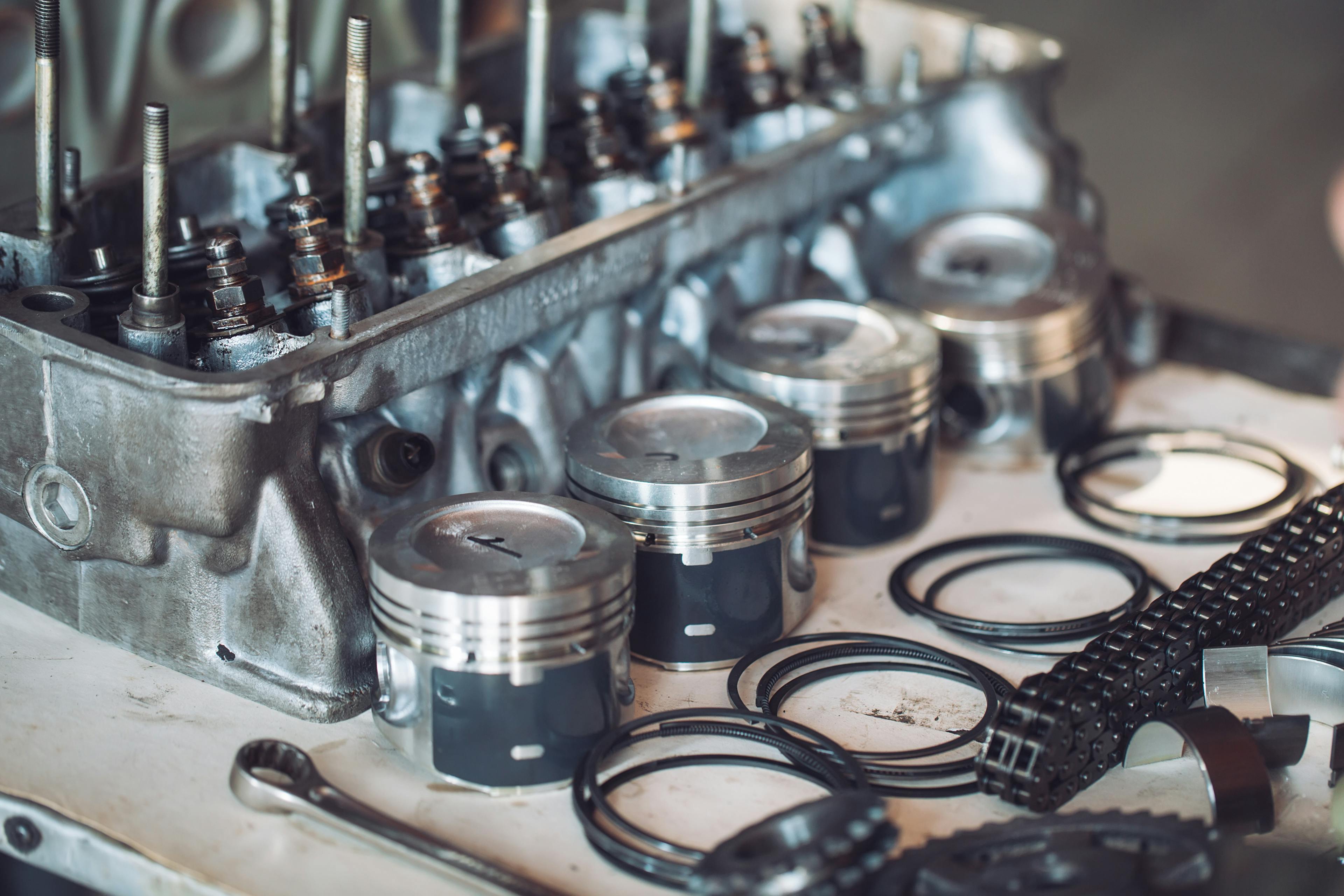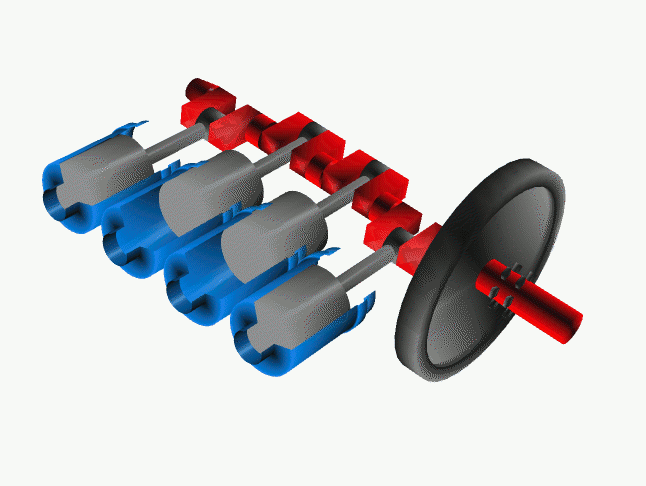Crankshaft: What is it for, and what forces must it withstand?

The crankshaft is the mechanical part of a reciprocating internal combustion engine that converts the rectilinear reciprocating motion of the pistons into rotary motion. It is the basic part of the piston combustion engine.
In this article, we will shed light on the function of the crankshaft, what it is made of, and what it must bear.
Inhoudsopgave
Crankshaft: How does it work?
The crankshaft consists of short cylindrical pins that are connected by arms. The pins on the shaft's axis of rotation are called crank pins, and they connect the crankshaft to the connecting rod for each cylinder.

Connecting Rod: What is its function?
The crankshaft is connected to the flywheel, compensating for the piston engine's irregular operation. However, a torsional vibration damper can also be connected to the crankshaft, which reduces torsional vibration and, thus, the stress on the bearings and the crank mechanism. The torsional vibration damper is placed on the opposite side of the crankshaft from the flywheel.

Torsional Vibration Damper: What is it for?
In some engines, especially those with fewer cylinders, it is necessary to equip the crankshaft with a counterweight or balance shaft for the return weight of each piston and connecting rod to improve the balance and culture of the engine.

Engine Pistons: How do they work?
Counterweights are usually cast as part of the crankshaft but can also be bolted to it.

The balancing shaft is, in turn, connected to the crankshaft through gearing. While the counterweights and balancer shaft will add significant weight to the crankshaft, they will give the engine better balance and a more refined run.
The production and construction of the crankshaft depend on the following:
type of piston combustion engine
conditions in which the engine will operate
crankshaft dimensions
The crankshaft can be made from one piece of material or from individual specially made parts joined together by pressing, welding, or using screws. However, piston combustion engines often use a crankshaft made from one piece.

Engine Oil Classification Explained
In most cases, the crankshaft also includes internal channels through which engine oil flows, thus lubricating the bearings. Most often, sliding bearings are used, which are more durable and have a longer service life than ball bearings, which are very difficult to mount on the shaft.
The crankshaft must withstand various forces
the forces that the connecting rods transmit
forces that arise from imprecise production, deformation of bearings
inertial effects
torsional vibration (oscillation)
What is a crankshaft made of?
The crankshaft can be forged steel, cast iron, carbon steel, alloy steel, or iron. Iron crankshafts are mainly used in cheaper engines, the load of which is smaller. Such engines can also be equipped with a cast iron crankshaft. The high-performance versions use a shaft made of forged steel.
However, many manufacturers prefer to use forged crankshafts due to their lighter weight and compact dimensions.